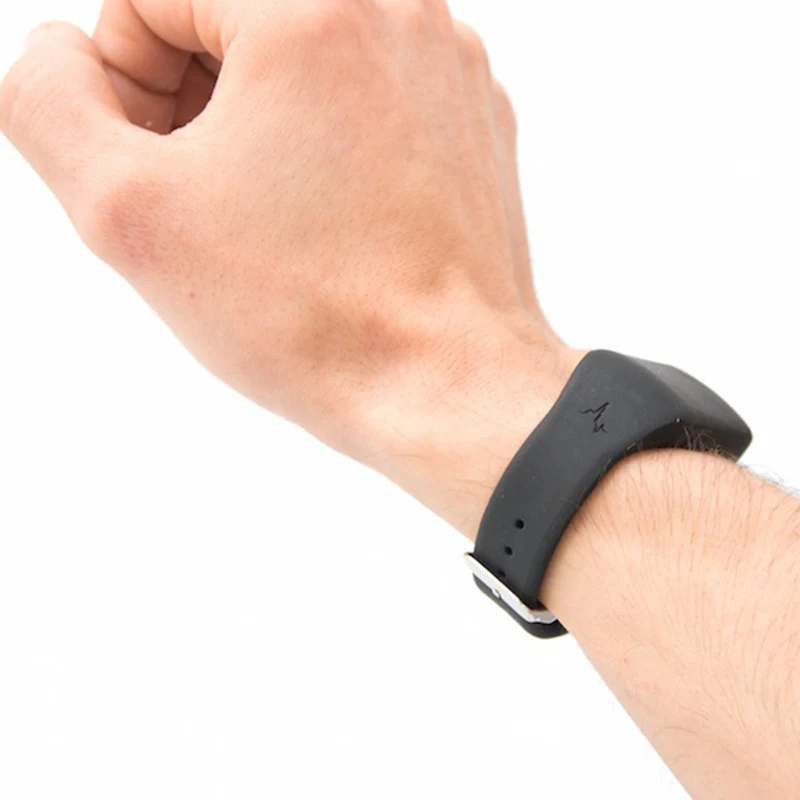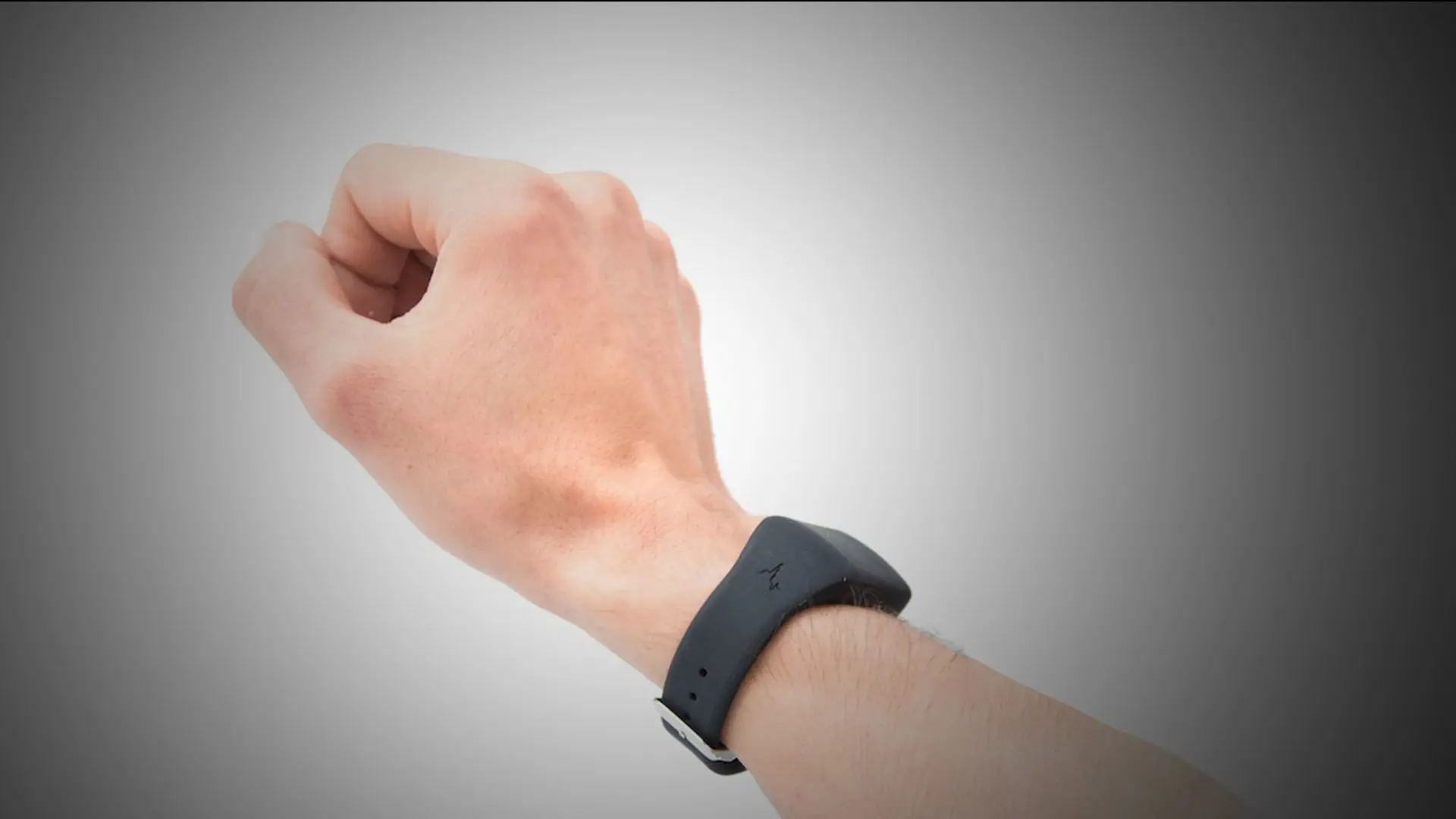Every night, thousands of people experience twitching and occasionally act out dreams while they sleep, a telltale symptom of REM sleep behavior disorder (RBD). These twitches frequently go undetected—which concerns Mount Sinai neurologist Emmanuel During, MD, because they are a strong predictor for neurodegenerative disease.
“Patients themselves often sleep through these episodes, or their bed partner may not even notice them,” says Dr. During, Associate Professor of Neurology (Movement Disorders), and Medicine (Pulmonary, Critical Care and Sleep Medicine), at the Icahn School of Medicine at Mount Sinai. “Furthermore, sleep specialists are not experienced in looking for RBD, so they miss the diagnosis in sleep tests, which are also costly.”
At least half of people with RBD progress to a neurological disease such as Parkinson’s or Lewy body dementia within 10 to 15 years, so detecting it could allow early diagnosis and intervention to reduce this risk or slow progression. But how do you catch something that has long eluded patients and specialists alike in a way that is practical, affordable, and highly accurate? Dr. During believes wrist actigraphy—the same technology that thousands of individuals rely on to monitor their daily sleep and exercise patterns—may hold the answer.
“These wearable devices have been used for 30 years in sleep research and clinical sleep medicine,” Dr. During says. “Researchers were collecting data and, until recently, would only perform very simple analyses. Through my research, I discovered that dream enactment episodes per se are very difficult to detect. However, twitching could be easily detected by these devices, and I used machine learning to train models to distinguish the patterns that characterize RBD.”
To his knowledge, Dr. During is the first researcher to assess the potential of actigraphy devices as a screening tool for RBD. Using a sleep model he developed, he has conducted two small studies to gauge the accuracy of the Axivity AX6, a high-resolution data logger, in detecting RBD-related motion patterns. In one study involving a dataset from Mount Sinai patients—40 diagnosed with RBD and 60 healthy sleepers—he found that the sleep model was able to identify individuals with RBD with a high degree of accuracy.
“Based on that, I wondered whether this could work with other datasets from different populations and with different devices, which is crucial for scaling up because that could enable us to leverage consumer devices already in use,” Dr. During says.

The Axivity AX6 is the first of several devices shown to be able to detect motion patterns related to REM sleep behavior disorder.
Dr. During subsequently conducted a multicenter retrospective study of actigraphy detection of RBD using the machine learning algorithm that his team had developed with the AX6. He assessed three different units—the Axivity AX6 (which produces a measure of activity 50 times per second), the Philips Actiwatch (which produces activity measures in 60-second intervals), and the MicroMini-Motionlogger (which uses 30-second intervals), creating two conversion pipelines to map activity counts from the lower-resolution devices to the AX6.
The study cohorts included 352 patients diagnosed with RBD and 258 healthy sleepers from sleep centers at Mount Sinai, the University of Oxford (United Kingdom), the Medical University of Innsbruck (Austria), and the Li Chiu Kong Family Sleep Assessment Unit in Hong Kong. Dr. During also looked at participants’ responses to an RBD screening questionnaire, and three other prodromes that often present early in Parkinson’s or Lewy body dementia—hyposmia (loss of smell), constipation, and orthostatic hypotension (abnormal blood pressure drop when standing)—combining clinical and wrist actigraphy data.
Dr. During found that the actigraphy unit demonstrated about 84-87 percent accuracy across centers using the actigraphy detection model. Screening based on the prodromes followed by actigraphy resulted in sensitivities and specificities of 59.4-78.3 percent and 84.1-98.2 percent for RBD symptoms, 46.5 percent and 99.0 percent for hyposmia, 25.8-43.3 percent and 95.5-98.8 percent for constipation, and 11.6-36.8 percent and 96.0-100 percent for orthostatic hypotension, respectively. Such high specificity suggests that a two-stage screening starting with a question or simple olfaction test, followed by actigraphy, could be easily implemented and quite reliable in the general population.
“Essentially, we found that the model we trained on the Axivity unit is device-agnostic, meaning that it is all about the patterns of motion, and they can be detected with any device,” Dr. During says.
Dr. During's manuscript describing these findings has been published in Nature Digital Medicine. He is also conducting a prospective study of the Axivity device with 15 sites from the International REM Sleep Behavior Disorder Study Group, a network of investigators studying RBD. The goal is to develop a more robust, state-of-the-art algorithm for RBD detection that reflects different cultures and sleep habits. Dr. During says 700 individuals are providing data for this study, half of whom have been diagnosed with RBD.
“We have such a strong head start in developing this model that it has really encouraged people from around the world to trust us and the team,” Dr. During says.
As Dr. During refines his algorithm, he is exploring other ways to use actigraphy devices as a screening tool for RBD and possible progression to a degenerative brain disease. He is interested in monitoring diurnal changes in motion patterns, such as increased rigidity and reduced activity, that may be predictors of Lewy body dementia and Parkinson’s disease.
“The information available is so rich, and we are just at the starting point,” Dr. During says. “But the potential is there for these devices to become an invaluable tool for drug discovery, enabling us to test preventive therapeutics faster and start therapy sooner among these patients.”
Featured

Emmanuel During, MD
Associate Professor of Neurology (Movement Disorders), and Medicine (Pulmonary, Critical Care and Sleep Medicine)
